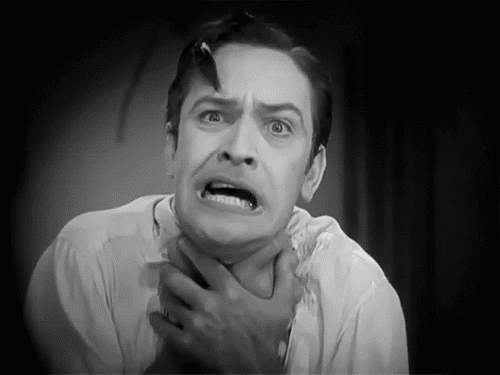Multiple Personalities Facts Vs. Myths: ‘Split’ Movie And Dissociative Identity Disorder On The Big Screen

Hollywood is not particularly well-known for its realistic portrayals of people with mental illnesses or even of life in general. The new M. Night Shyamalan thriller movie “Split,” starring James McAvoy as a kidnapper with 24 different personalities, could either add to the slew of stereotypical films or stand out as one of the few accurate depictions of someone with dissociative identity disorder.

The National Alliance on Mental Illness describes that disorder, once called multiple personality disorder, as one in which someone alternates between separate identities that they formed within themselves. “Often these identities may have unique names, characteristics, mannerisms and voices,” the group says. And as the person switches between them, they will “experience gaps in memory of everyday events, personal information and trauma.” The disorder is a way for someone to escape reality, possibly a traumatic one like abuse, through a “disconnection between thoughts, identity, consciousness and memory.”
Read: Everyday Habits That Mean You Have OCD
“Split” is not the first time in recent history that dissociative identity disorder has had the spotlight on the big screen. There was the movie “Identity” with John Cusack — also involving criminal activity, as many portrayals of mentally ill people do — and the TV series “United States of Tara” starred Toni Collette as a mom with several personalities. When the series was released, Newsweek commented, “This kind of illness is an easy plot device, but it is one that carries the risk of becoming caricature” because it has to be entertaining, not just accurate. It called what has historically appeared in Hollywood as “stigmatization and stereotyping of those with mental illness as villains, ‘schizos’ or soap-opera characters with ‘good’ and ‘bad’ alter egos.”
The most serious and accurate depiction of dissociative identity disorder may be a movie that came out about 40 years ago — Sally Field’s “Sybil.” But that brings up the question of what makes a portrayal more correct than others.
NAMI says people with dissociative disorders, in addition to memory gaps of certain events and people, will have “out-of-body experiences, such as feeling as though you are watching a movie of yourself.” They could also seem detached from their emotions and have other mental health issues like depression and anxiety. With multiple personalities, “a person may feel like one or more voices are trying to take control in their head.”

The Mayo Clinic also describes that experience as feeling like “you’re possessed by other identities.” They could have different genders or even lens prescriptions. And although many depictions of dissociative identity disorder involve people who have absolutely no idea they are one of many personalities, “There also are differences in how familiar each identity is with the others.”
The jury is still out on “Split,” but it hopefully will not play into hammy stereotypes of people with serious mental illnesses.
See also:
Symptoms of Bipolar Disorder’s Manic-Depression Cycle
What’s the Difference Between a Psychologist and a Psychiatrist?



























